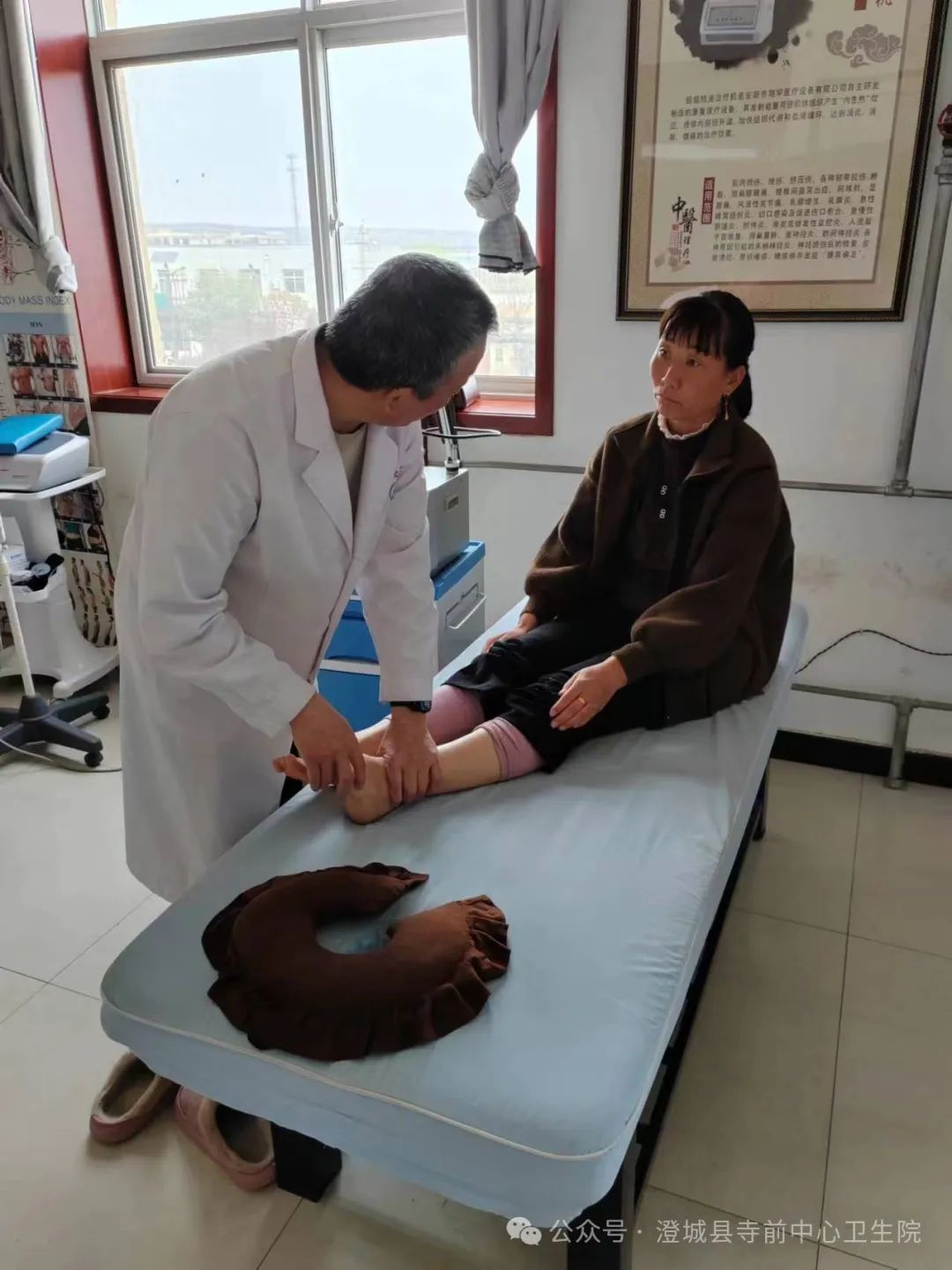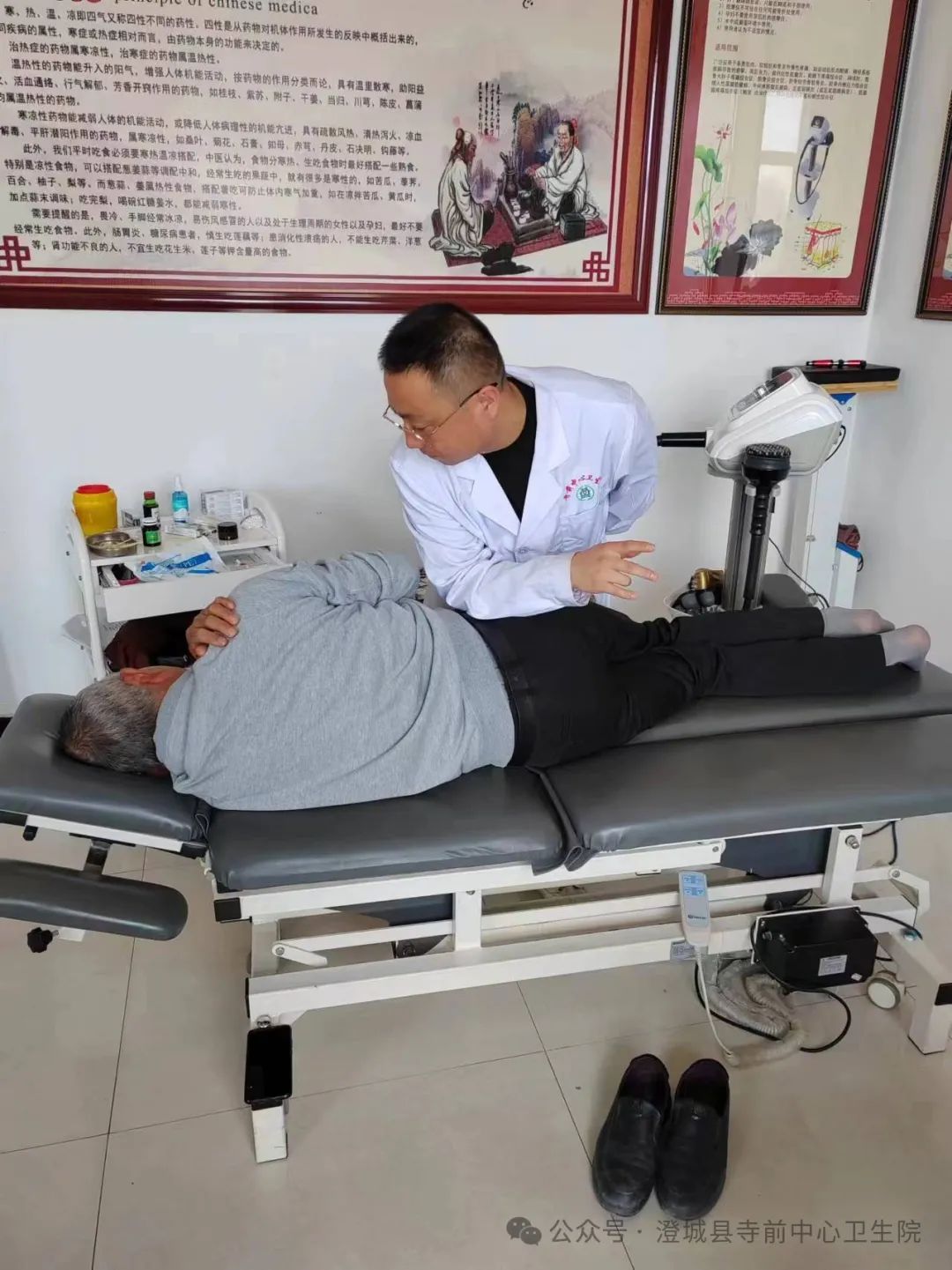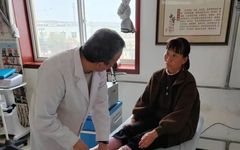Tuina, also known as “massage” or “anqiao,” refers to a method guided by both Traditional Chinese Medicine (TCM) theory and modern scientific principles, utilizing various techniques applied to specific areas or acupuncture points of the body to unblock meridians, adjust the internal organs, harmonize Qi and blood, and balance Yin and Yang, thereby achieving disease prevention and treatment. Tuina is a non-pharmaceutical natural therapy and physical therapy. It typically involves practitioners using their hands on the patient’s surface, injured areas, discomfort locations, specific acupoints, and painful spots, employing diverse techniques such as pushing, grasping, pressing, rubbing, kneading, pinching, tapping, and more, aiming to unblock meridians, promote Qi and blood circulation, alleviate pain, dispel pathogenic factors, support the body’s natural defenses, harmonize Yin and Yang, and extend lifespan.Tuina treatment is most commonly applied clinically for neck, shoulder, lower back, and leg pain, as well as for conditions affecting the limbs, joints, muscles, and nerves. To prevent unnecessary medical accidents, modern medical diagnostic methods can be fully referenced and integrated. This approach can exclude diseases that are not suitable for tuina treatment, such as inflammation and tumors, while also providing clear diagnoses and improving treatment outcomes. Given the numerous modern medical diagnostic methods and the rapid development of medical science, tuina serves as a physical treatment method in TCM with a comprehensive theoretical system, applicable throughout the diagnosis and treatment process, as the saying goes, “the hand follows the heart, and the method comes from the hand.” The methods for preventing and treating diseases through tuina are thoroughly documented in classical texts such as the “Huangdi Neijing” from the Qin and Han dynasties, leading to the refinement of tuina techniques.

Ding Jianli, a physician in the TCM Rehabilitation Department at the Siqian Central Health Center, is a licensed practitioner who graduated from Weinan Vocational Technical College. He has studied in the Spine and Pain Departments at Xi’an TCM Hospital and participated in general medical training at Shaanxi University of TCM. He has learned from renowned masters such as Xie Qingliang, Dong Anli, and Ding Zhao. Dr. Ding is a member of the World Federation of Chinese Medicine Societies, specializing in bone and joint diseases, and a member of the Sino-American Spine and Nerve Medicine Society.

Lian Bo, a physician in the TCM Rehabilitation Department at the Siqian Central Health Center, graduated with a bachelor’s degree from Shaanxi University of TCM in 2016, majoring in acupuncture and tuina. In 2018, he furthered his studies in the acupuncture and tuina department at Huxian TCM Hospital, specializing in the treatment of cervical spondylosis and lumbar spondylosis. Regulating and Unblocking Meridians: Manual techniques stimulate the body’s surface, adjusting physiological and pathological conditions, allowing the hundred vessels to unblock and the five organs to harmonize. Through techniques such as pushing, grasping, lifting, pinching, and rubbing, it helps to unblock the obstructed meridians within the body.Promoting Qi and Blood Circulation: Regulating the spleen and stomach and the meridians enhances the overall circulation of Qi and blood. Once the meridians are unblocked, it aids in blood circulation and harmonizes organ functions.Adjusting Organ Functions: By stimulating the body’s surface, manual techniques directly influence organ functions and the connection between the meridians and organs. Smooth Qi and blood can enhance the body’s immune capacity and reduce the likelihood of adverse health conditions.Relaxing Muscles and Joints: Manual techniques promote local Qi and blood circulation, reduce swelling and bruising, improve local nutrition, enhance metabolism, and relieve adhesions, helping to alleviate pain and restore function to injured areas.

